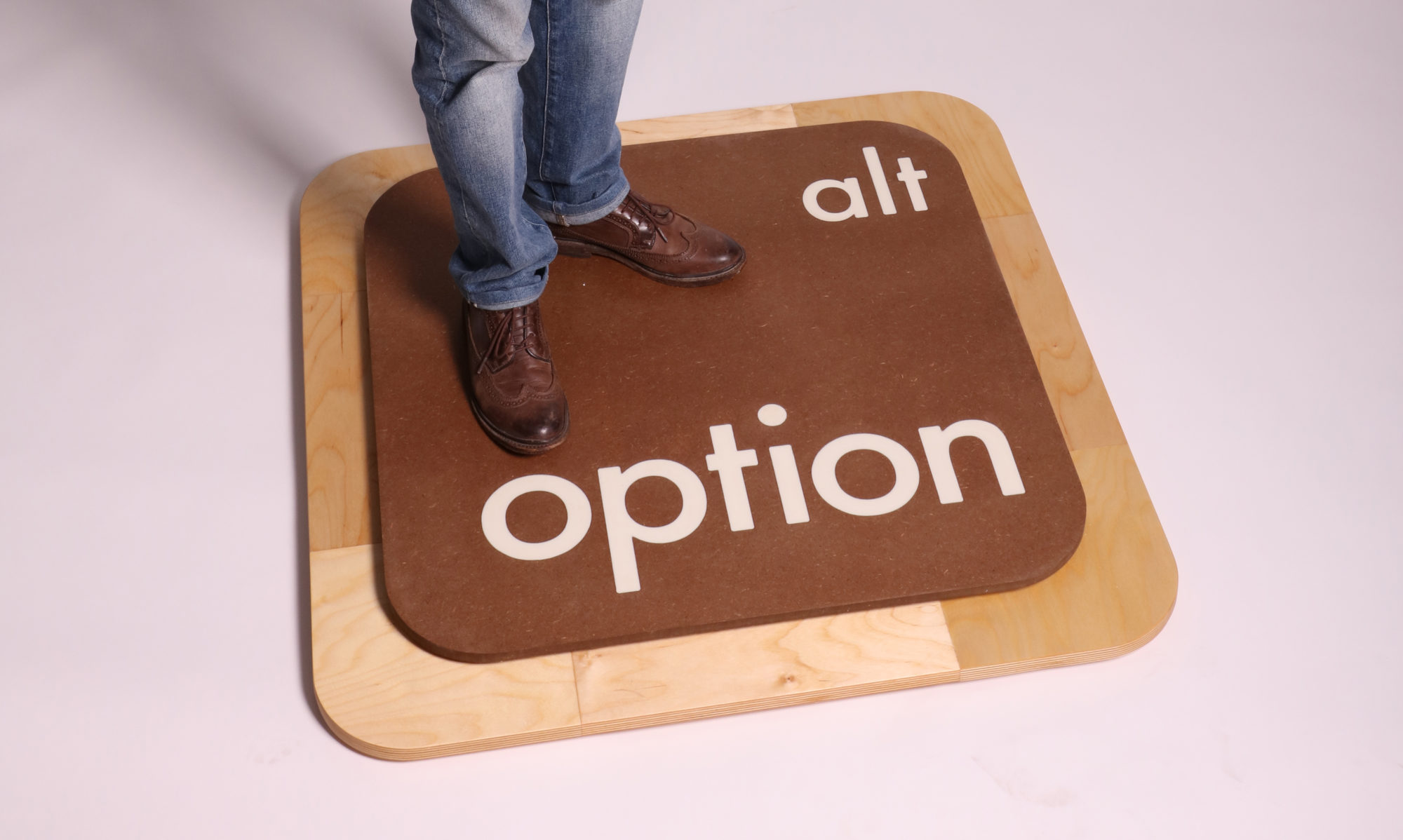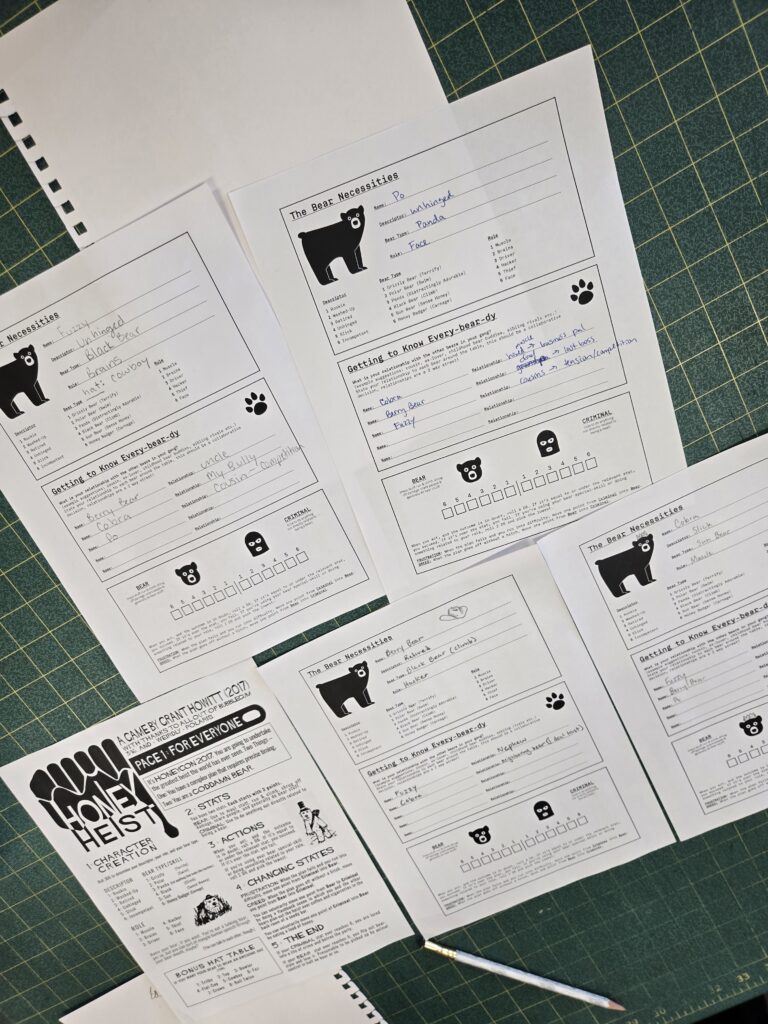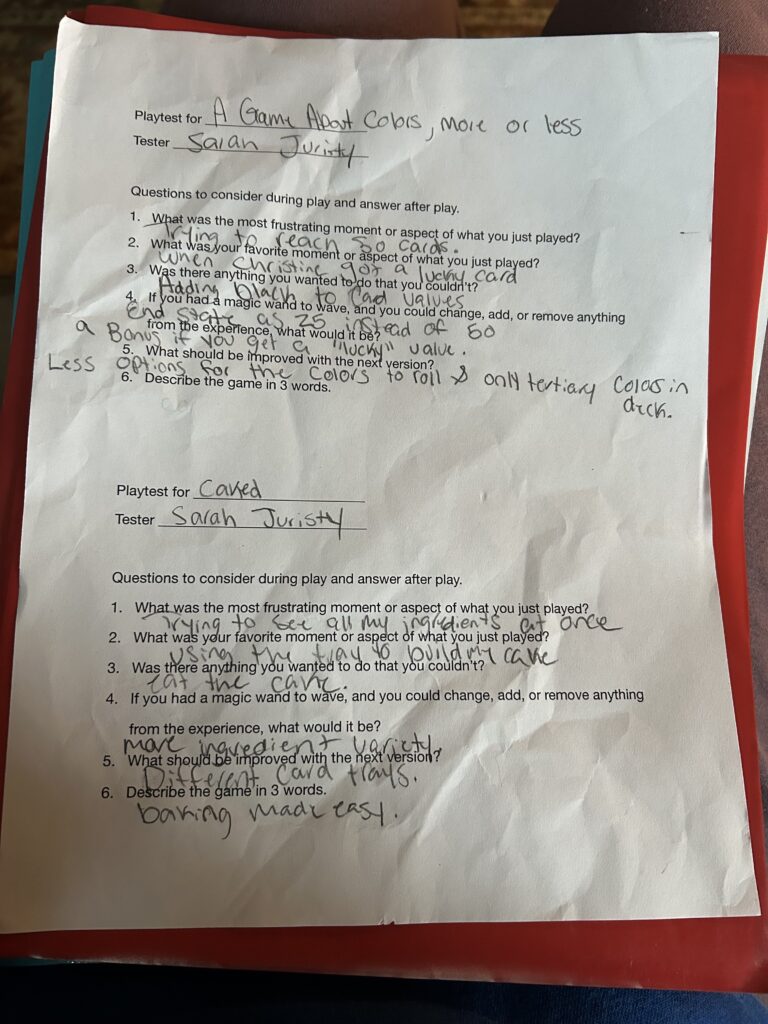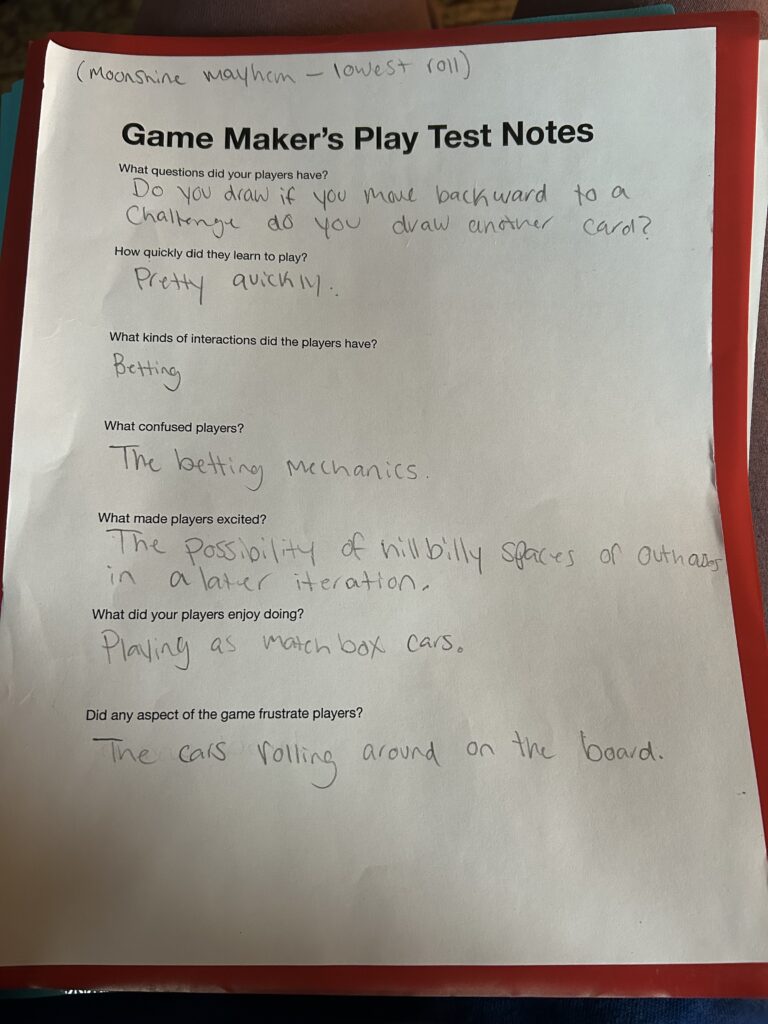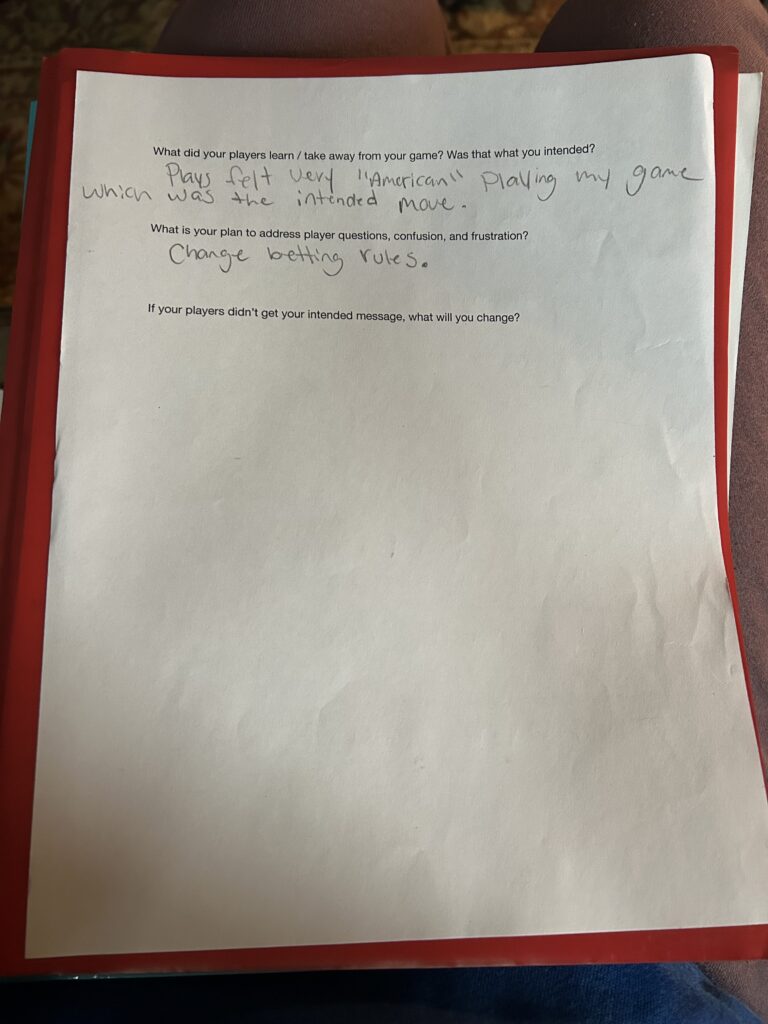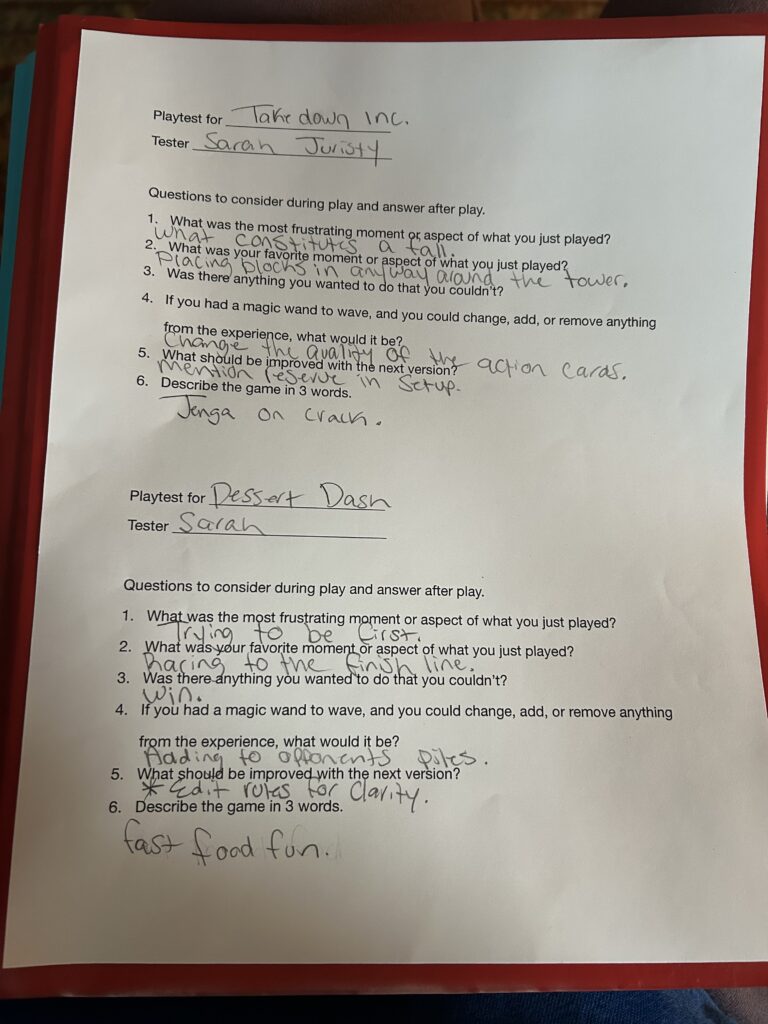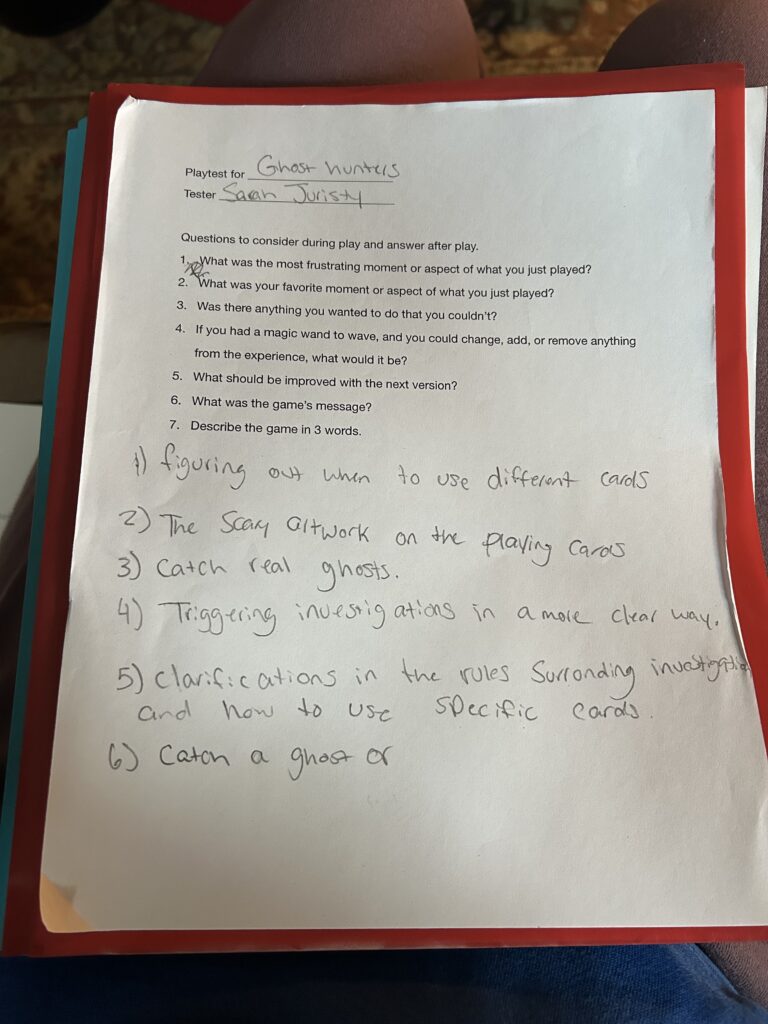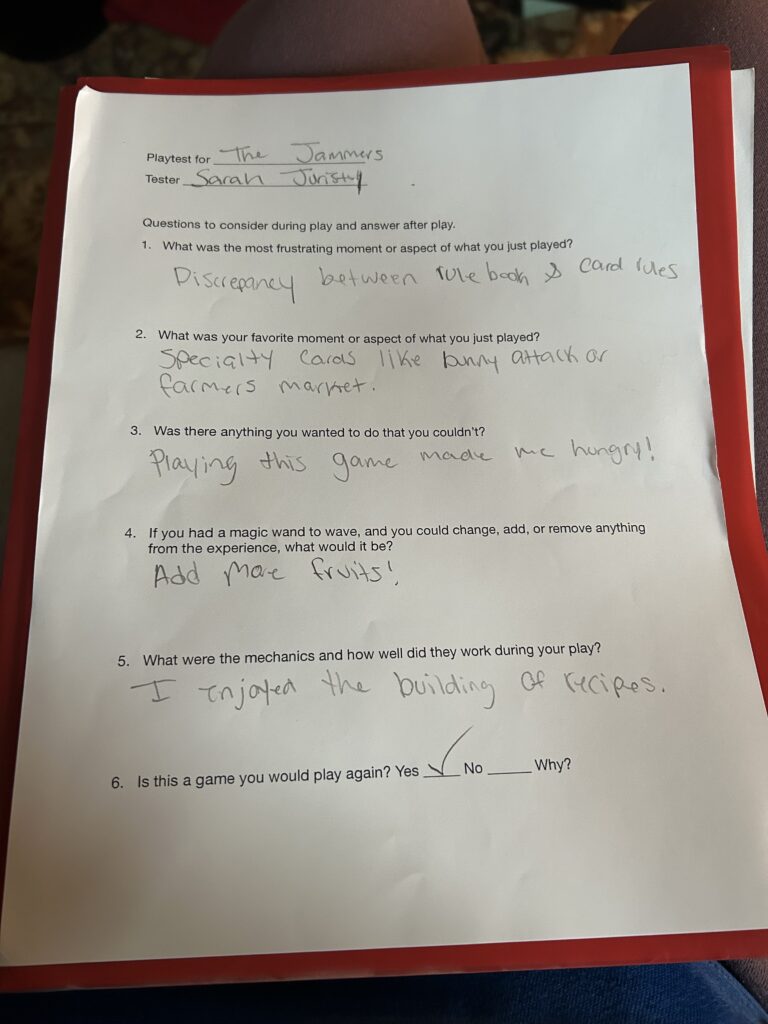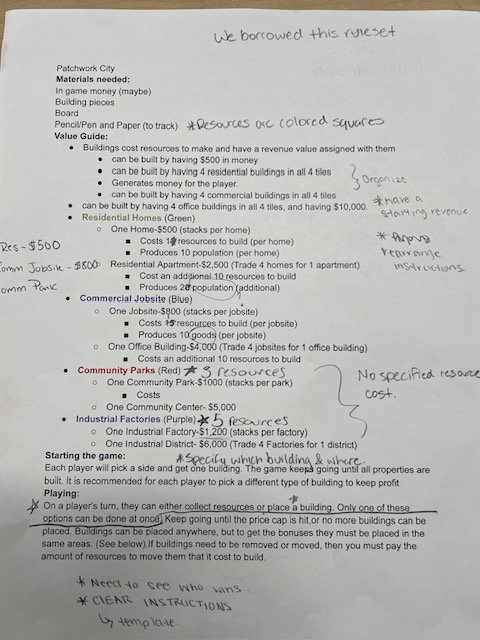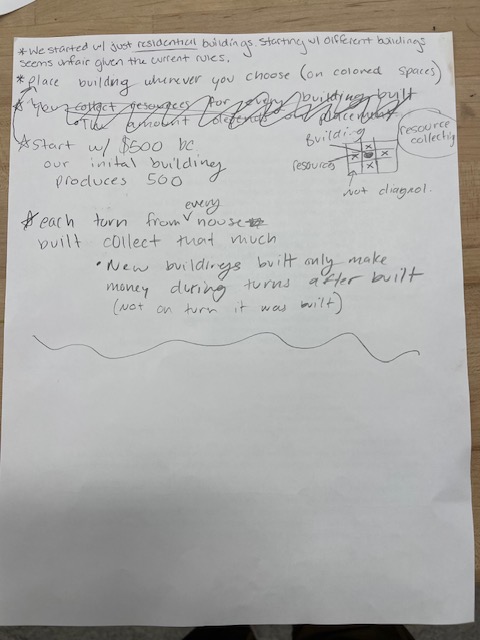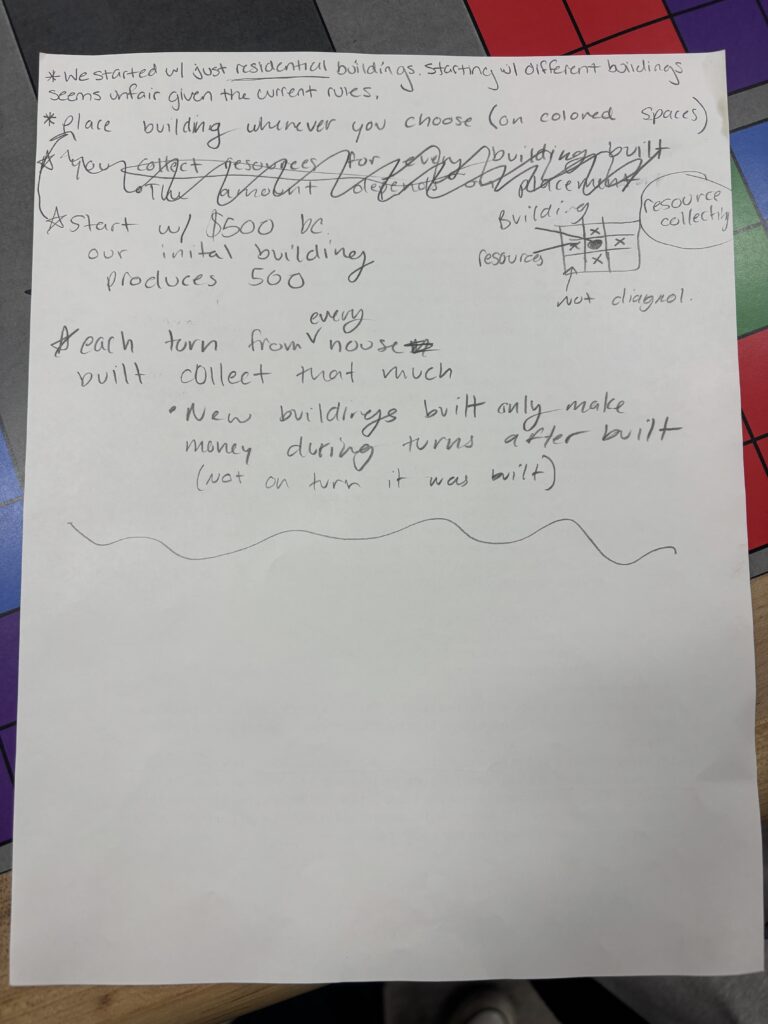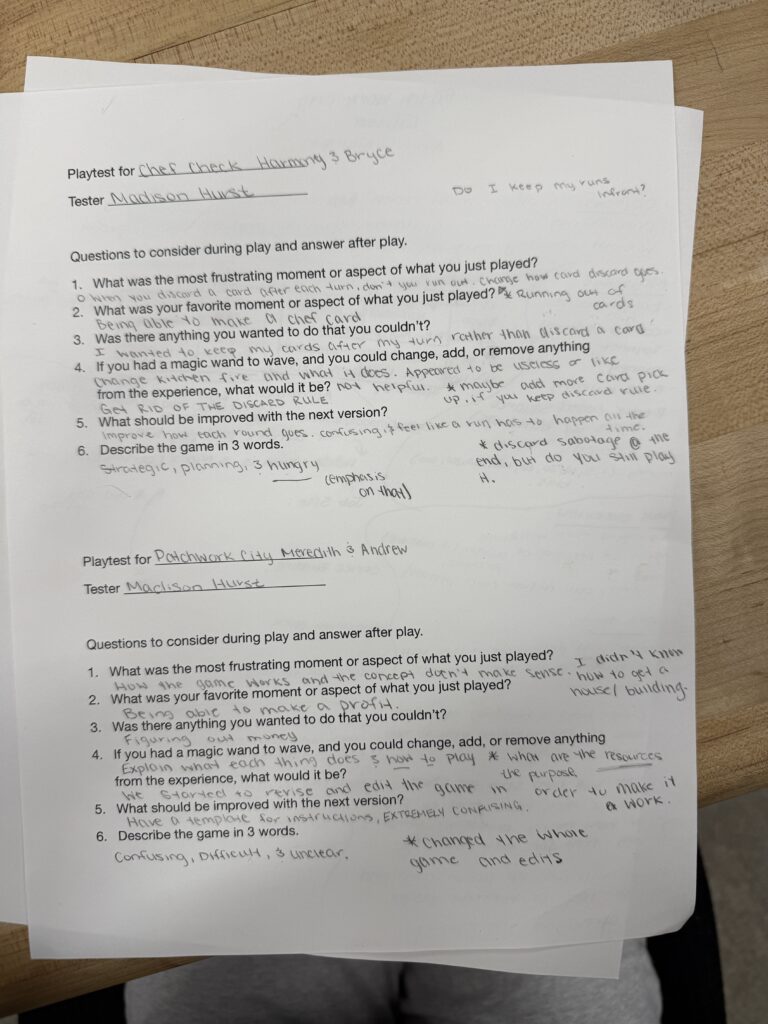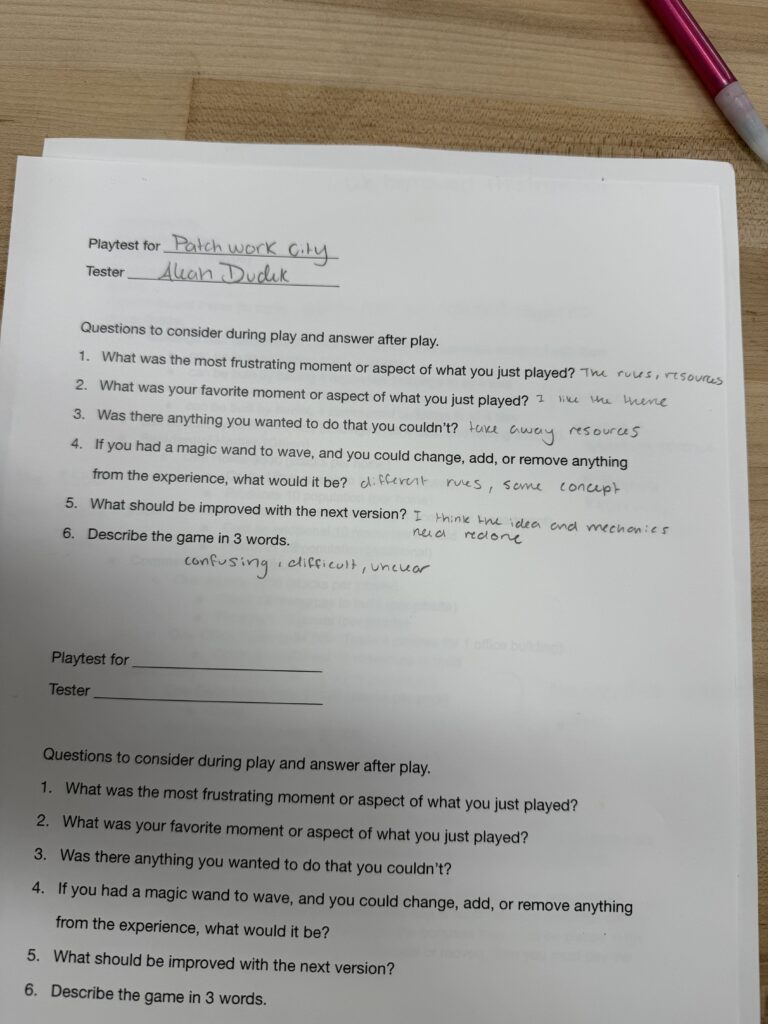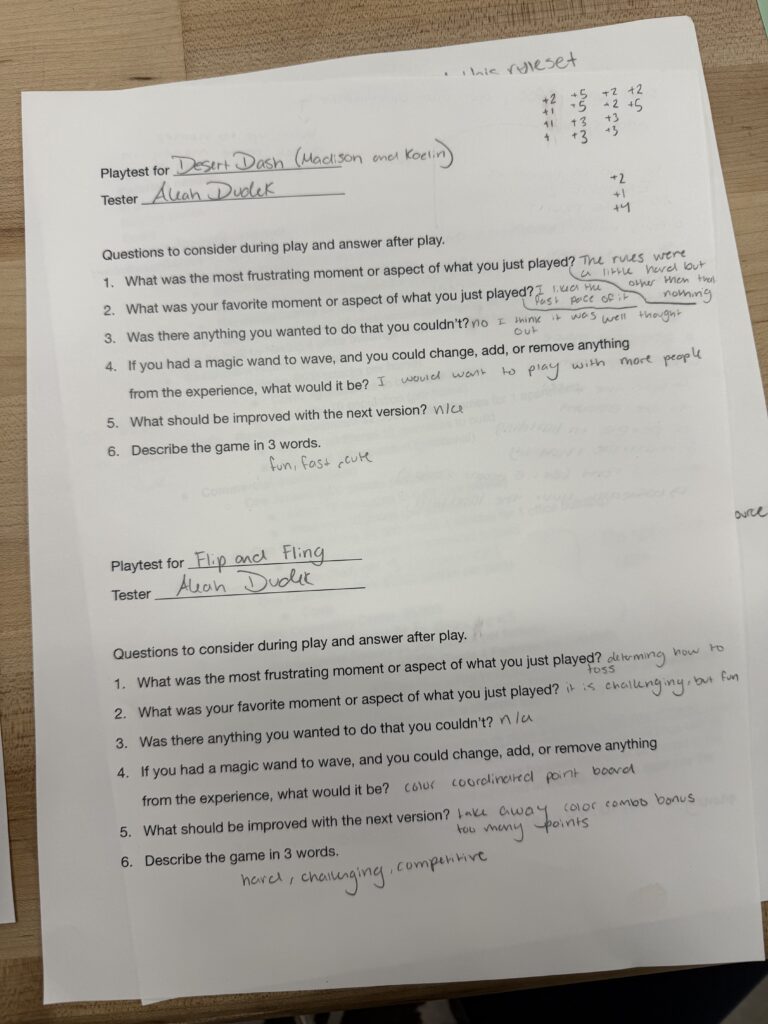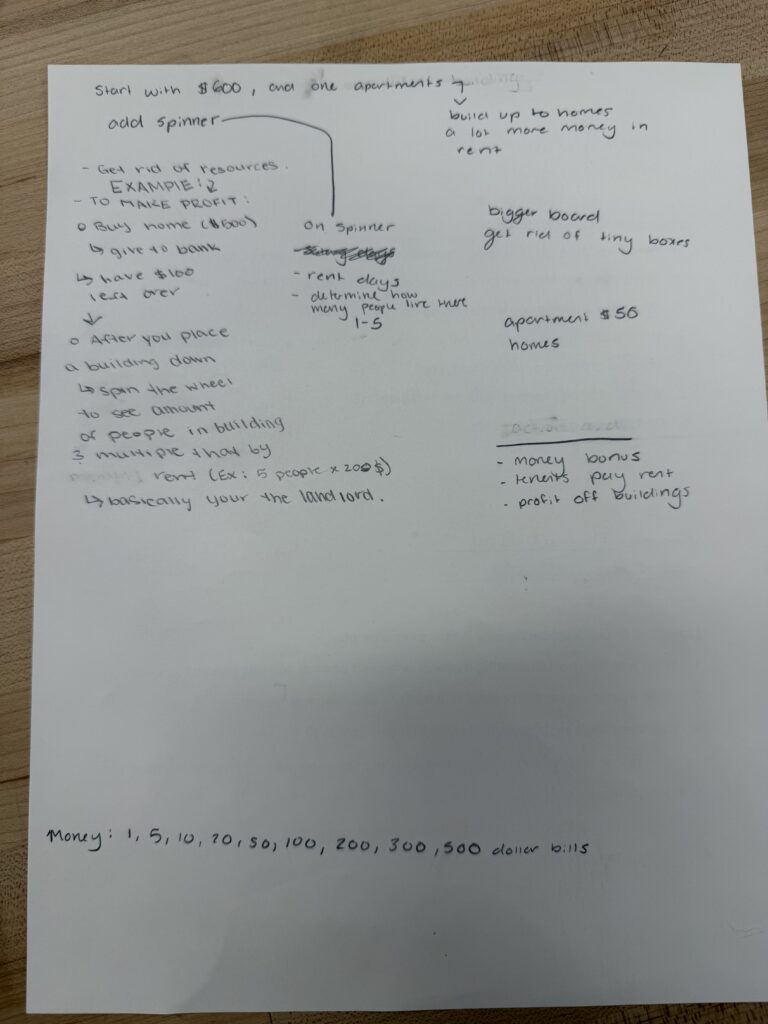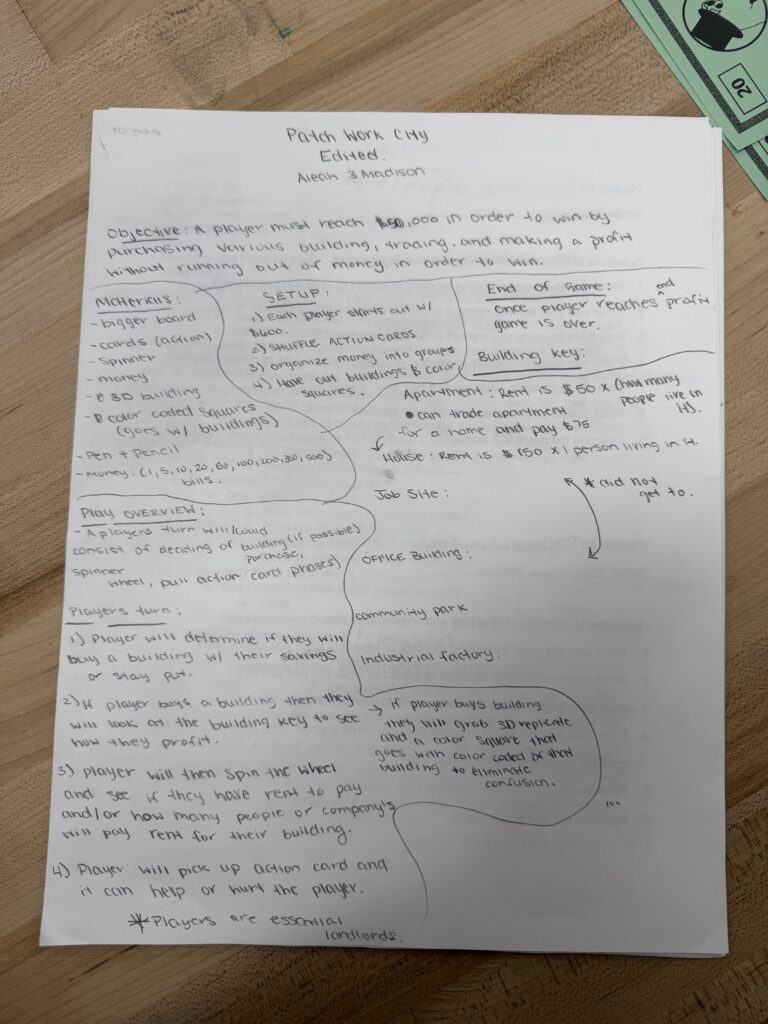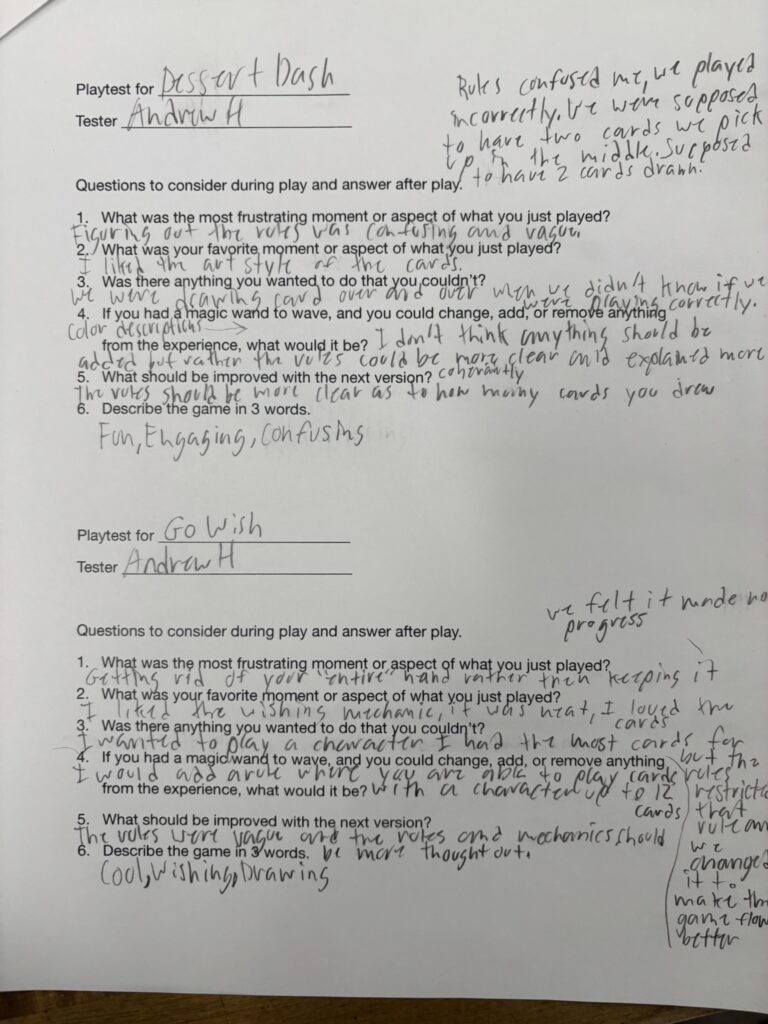Was it fun? Absolutely, once we understood the rules.
What were the player interactions? The player interactions were timid at first, as we were figuring out rules and strategy. Once we all got a grip on what we were doing, we were all enthusiastic about starting over and going to war. That’s when the interactions became a lot more fun.
How long did it take to learn? The gameplay rules were very straightforward. The strategy took a bit longer to figure out… Perhaps 20 minutes…
What was the most frustrating moment or aspect of what you just played? No frustration at all.
What was your favorite moment or aspect of what you just played? Once we all figured out some strategy, it was time to go to war. That was fun.
Was there anything you wanted to do that you couldn’t? Nothing comes to mind. I feel like nothing was working. That feels perfect to me.
If you had a magic wand to wave, and you could change, add, or remove anything: I wouldn’t change a thing.
Is this a game you would play again? I purchased the game on my iphone immediately after class.
Analyze the game using the 3 act structure. The opening act would be the setting up the economy based on initial decision on allocation resourses. The second act involves the majority of the fun, where each player goes on a land grab with decisions on how to proceed against adversaries. The final act involves thinning out the weak based on who played their cards right, as the strongest race toward victory conditions.
What are the collaborative and or competitive aspects of the game? I found the entire game to be collaborative.
What is the game’s metaphor and which of the game’s mechanics standout? Catan is a strategic resource game where players grow their settlements by collecting, trading, and converting resources into roads, buildings, and points. The engine building mechanic of the game is what stood out to me.
